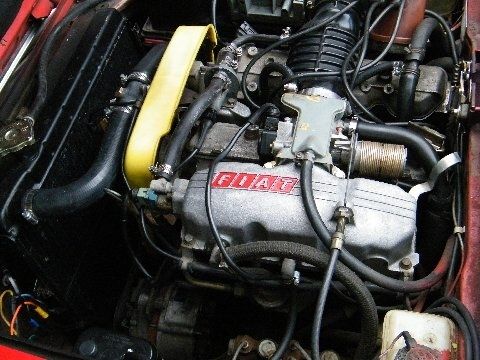I am thinking of removing my Throttle Plate heater. The only real reason being that it slightly hits the underside of the hood and causes damage to the hood lining. The engine sits that close up top. It would simplify the configuration under there too, which is a slight added benefit. The hoses could be rerouted and used with a quick fill T for the cooling system.
So the big question is, do I really need this in Massachusetts? I drive in very cold weather here, (up until the first day that the roads get salted, typically November, but this has not happened yet this year), and very hot, humid weather in the Summer.
Second question, but secondary: Since we spend a lot of time trying to get cold air to the Intake Plenum, isn't the TPH counterproductive in this regard?

It heats up the TP tremendously, to the point that it can't be touched after the car is warmed up. Doesn't make sense from a performance standpoint to have this. Is the risk of condensation inside the TP that high that we need this device?
Oh, and Happy New Year to all of us out there in forum land!!

Couldn't survive without this great place!
Pete

